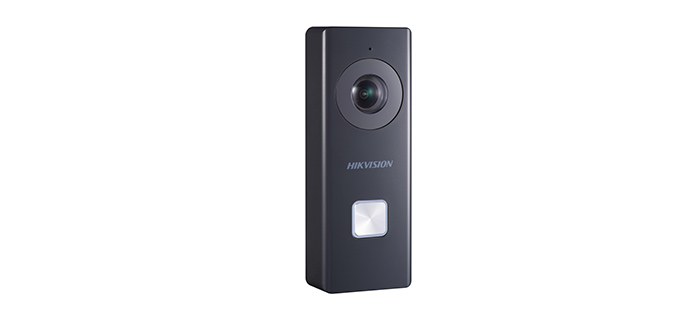Smart Doorbells: What, Why & How?
Smart doorbells are gaining popularity in the home security sector, and for good reason. They allow homeowners to see who’s at their door (and allow access, in some cases) easily and safely, whilst recording the goings on outside of the house which are crucial in the event of a burglary. They can also assist in identifying who’s been stealing your packages and even knowing when the postman has dropped off your letters.
Smart doorbells were popularised in the 2012 by a company called Ring but the market has since diversified into the multi-million pound industry we have today. They are connected to the ‘Internet of Things’ through WiFi and often have HD cameras and microphones integrated into their body. The captured footage is then either sent to the cloud or stored locally on a hard drive somewhere in the home. Cloud-based storage is the predominant method at the moment, due to its ease-of-use, but does often come with the caveat of requiring a subscription to a cloud service – though these subscriptions are rarely more than a few pounds per month.
Many smart doorbells feature an intercom system which can be used over the internet, allowing homeowners to talk to visitors away from home, and can be linked with automation features such as door locks, allowing you to let people in. More advanced models can be unlocked with facial recognition, or by other biometric means, and offer number pads or wireless tag receivers for keyless entry.
Access control is starting to appear more and more in smart doorbell designs, and a burgeoning application for this technology is in the home delivery sector. Retail giants such as Amazon and Walmart have recently started offering delivery services which include delivery into your house, rather than just outside. This is done by providing delivery people with one-time use codes for the door and cameras inside to deter theft. As one would expect with Amazon, this process is mostly automated, with the recipient simply getting a notification on their smartphone when the delivery driver arrives, and a link to the video streaming from their house.
This technology is still early in development, and time will tell whether it is truly secure, but early adopters seem to be very pleased with the convenience of third party access. Walmart is currently testing deliveries straight to the fridge, but this may be a bit too far for some homeowners – and it may be a while before we get this in the UK.
Thorne Access and Security installs, services and maintains a variety of access control, CCTV, intercom and electronic locking systems across the UK. Thorne’s access control systems prevent entry by unauthorised persons and all systems are installed and maintained to the current British & European standards, with NSI certification.
Thorne install electronic locks from single doors all the way to networked 100 door systems, tailoring their access control solutions to suit client’s specific needs. Thorne carries out all projects with its team of qualified engineers and installs equipment from a range of leading manufacturers including Avigilon, Urmet, ACT, Paxton and Videx.

